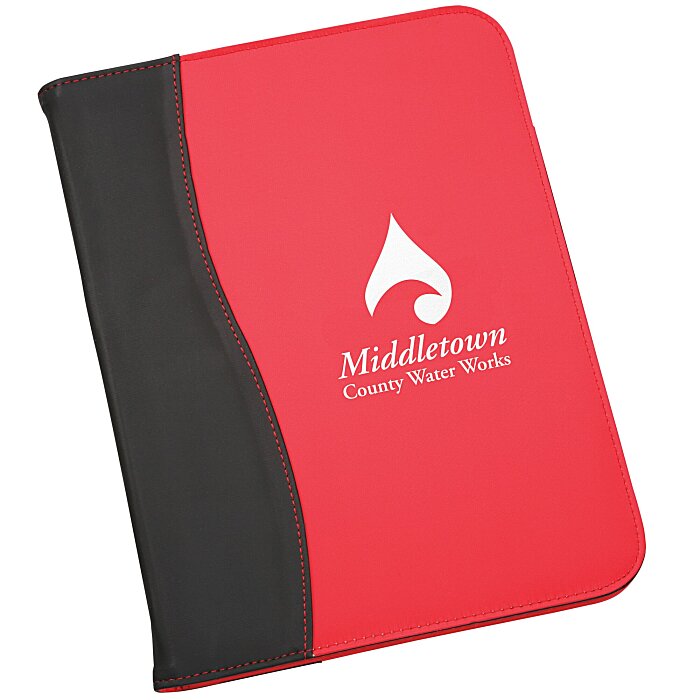

HOW TO USE AC RECHARGE BOTTLE SKIN
Always wear protective goggles and gloves! Under normal atmospheric pressure and ambient temperatures, liquid refrigerant evaporates so quickly that any physical contact with the skin or eyes can cause the tissue to freeze (risk of blindness).When refilling refrigerant and performing any work on the refrigerant circuit, please observe the following: Separate measures with respect to storing and handling the new refrigerants must certainly also be observed. As such, it appears that purchasing new service units is something that cannot be avoided. This, of course, also impacts workshops and their service personnel. Only in time will it become apparent if all vehicle manufacturers agree on a single refrigerant, or whether different refrigerants will be used. Other refrigerants can also be used, however, provided their GWP value is below 150. R1234yf with a GWP of 4 shall be used as new refrigerant. R134a can, however, continue to be used to carry out service and maintenance work on existing R134a systems.
HOW TO USE AC RECHARGE BOTTLE REGISTRATION
As of January 1, 2017, vehicles filled with R134a are no longer entitled to receive initial registration approval. With the current EC Directive 2006/40/EC it was decided to only use refrigerants with a GWP of less than 150 in the future.Īir-conditioning systems in vehicles of class M1 (passenger cars, vehicles with up to 8 passenger seats) and class N1 (commercial vehicles with a permissible total weight of up to 3.5 metric tons) for which a type approval was issued within the EU as of January 1, 2011, can therefore no longer be filled with R134a. R134a has a high GWP (global warming potential) of 1430. In the course of this replacement it is also recommended to flush the air-conditioning system. In addition, the mineral oil of the R12 system is to be replaced with PAG or PAO oil. All components should be checked for function and damage. In the course of conversion, the system must be checked for leak tightness. R134a was and is used as replacement refrigerant besides several "drop-in" refrigerants (refrigerant mixtures).Įven today, the conversion from R12 to R134a is still an ongoing topic in the area of classic and modern classic cars as well as in several non-EU countries. Ever since then, R12 systems had to be converted during maintenance or repair work. 2001 marked the official final end of R12 in vehicle air-conditioning systems. There are still numerous vehicles on the market with air-conditioning systems originally designed for refrigerant R12.

Now open charging bottle pipe valve and the charging point pipe valve located in the valve block. This will ensure there are no leakages in the systemĦ. Now keep the system idle for 5 minutes to check there is no pressure drop. This will remove the trapped air from this pipe.

Now open the valve of the charging point pipe in the valve block and run the vacuum pump until the vacuum is reached. Once vacuum is reached, close the valve of charge cylinder in the valve blockĤ. This will remove all the air inside the pipe. First open the valve between vacuum pump and charging bottle located in the valve block without opening the main valve of the charging cylinder. The discharge of the vacuum pump is to be connected in the empty recovery bottleģ. Connect gas bottle or charging cylinder, vacuum pump and charging point in the reefer system to the valve block.Ģ. For gas charging, a special T piece valve block with mounted pressure gauge is provided to combine three connectors inter-connecting:įollowing steps are to be taken for charging gas into the reefer plant:ġ.


 0 kommentar(er)
0 kommentar(er)
